Is Cajun and Creole Seasoning the Same? A Spicy Showdown of Southern Flavors!
Welcome to the Spice Arena
If you've ever stood in front of a shelf of spices wondering whether Cajun and Creole seasoning are two sides of the same coin or completely different beasts, you're not alone. These two Southern spice blends often get tossed around like jambalaya ingredients — similar at first glance but wildly different once you dig in.
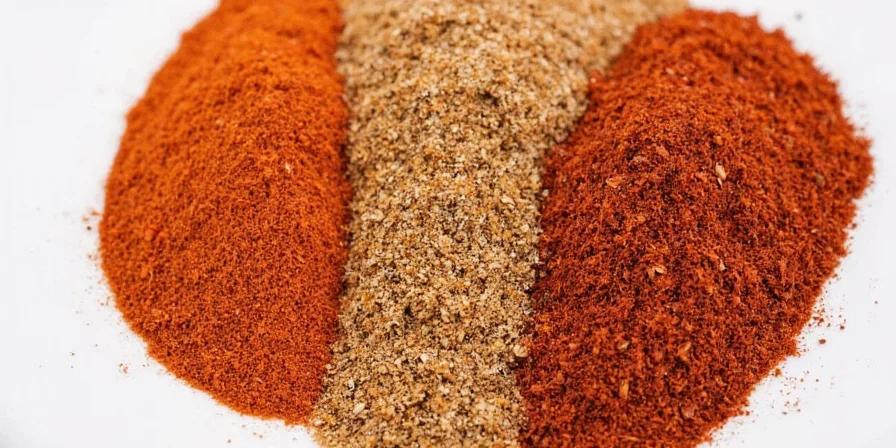
The Short Answer: No, They’re Not the Same
While both Cajun and Creole seasonings originate from Louisiana and share many ingredients, they differ in their flavor profiles, heat levels, and culinary uses. Think of them as cousins who went to different cooking schools — same family, very different recipes.
A Flavorful Family Tree
- Cajun: Originating from rural Louisiana, Cajun seasoning is all about bold, spicy flavors. It’s the kind of blend that makes your eyes water and your taste buds sing.
- Creole: With roots in New Orleans, Creole seasoning leans on fresh herbs and a more balanced flavor profile. It's like the cosmopolitan sibling who vacations in Provence.
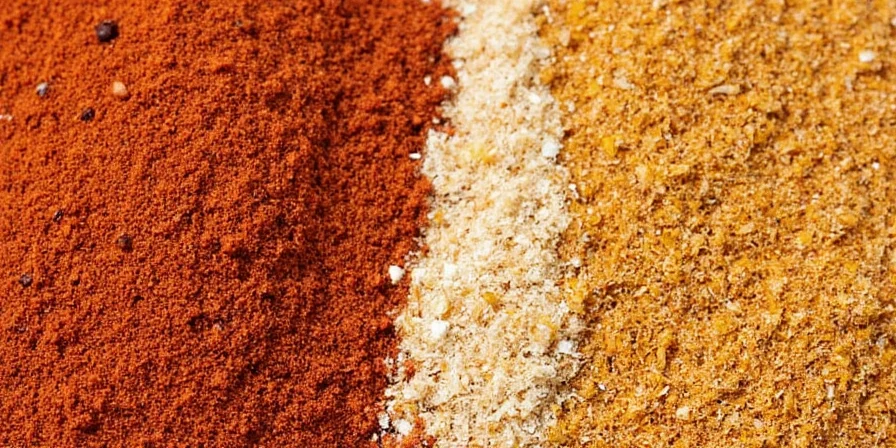
The Ingredient Breakdown
Let’s peel back the layers of these iconic spice mixes and see what’s really inside. While they share some core components, the devil is in the details.
| Cajun Seasoning | Creole Seasoning | |
|---|---|---|
| Main Heat Source | Black pepper, cayenne, paprika | Mildly spiced with bell peppers and paprika |
| Herbs | Minimal (often just garlic and onion powder) | Thyme, oregano, basil, parsley |
| Salt Level | High | Moderate |
| Taste Profile | Spicy, earthy, robust | Herby, aromatic, slightly sweet |
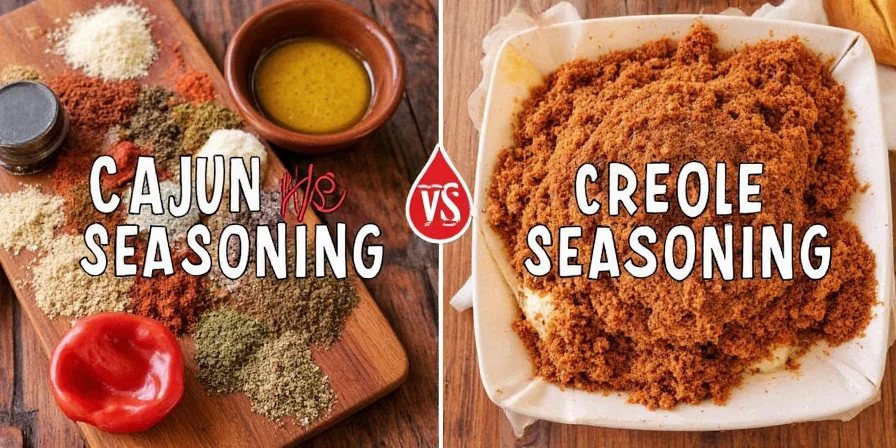
Practical Tips for Using Cajun and Creole Seasonings
Knowing how and when to use each seasoning can make or break your dish. Here’s a quick guide to help you become a Southern spice master:
Cajun Seasoning: When to Use It
- Grilled Meats: Especially chicken, shrimp, and sausage.
- Gumbo & Jambalaya: Cajun seasoning adds that deep, smoky kick.
- Potato Dishes: Sprinkle it over roasted potatoes or fries.
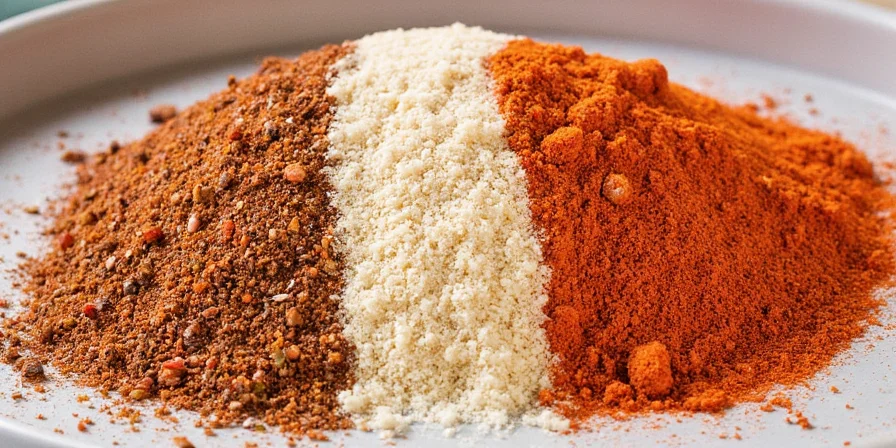
Creole Seasoning: Your Go-To Guide
- Seafood Dishes: Perfect for grilled fish or crawfish boils.
- Vegetable Stir-Fries: Adds depth without overpowering mild flavors.
- Stews & Rice: Great for étouffée or dirty rice.
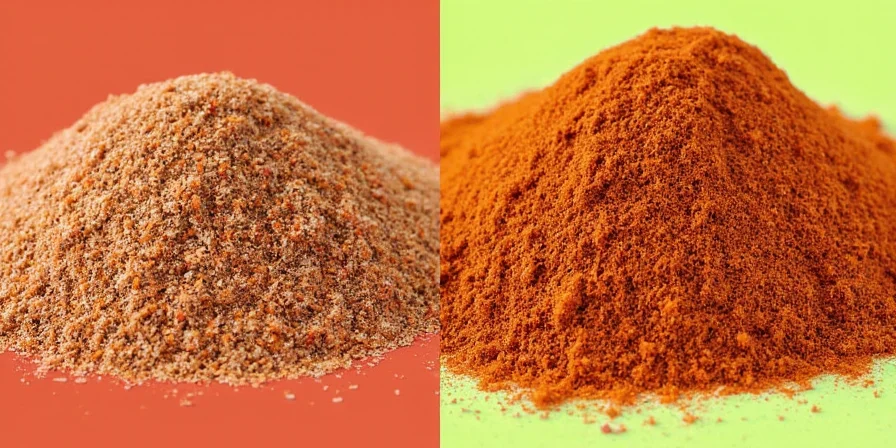
How to Make Your Own Cajun and Creole Blends
Want to go full DIY? Here are easy recipes to whip up your own spice blends at home.
Homemade Cajun Seasoning Recipe
- 2 tbsp paprika
- 1 tbsp garlic powder
- 1 tbsp onion powder
- 1 tbsp black pepper
- 1 tsp cayenne pepper
- 1 tsp dried thyme
- 1 tsp salt
Classic Creole Seasoning Blend
- 2 tbsp paprika
- 1 tbsp garlic powder
- 1 tbsp onion powder
- 1 tsp dried oregano
- 1 tsp dried thyme
- 1 tsp celery salt
- ½ tsp black pepper
- ½ tsp red pepper flakes (optional)
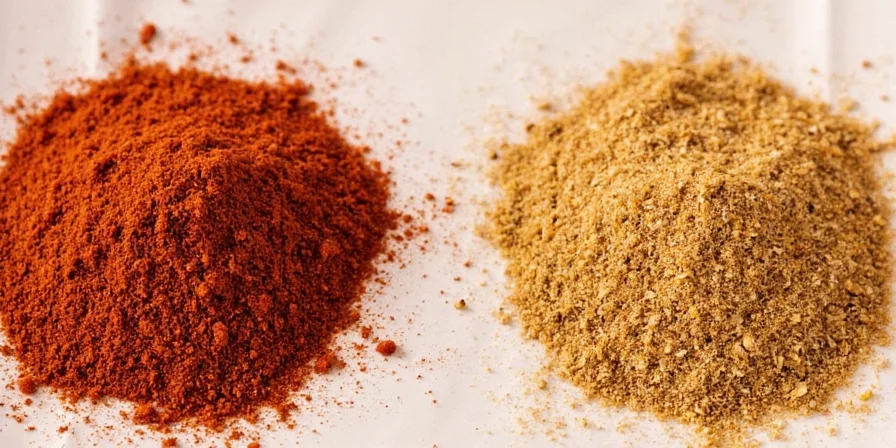
Storage Tips: Keep That Fire Alive
- Store both blends in airtight containers away from light and heat.
- Label your jars clearly — don’t want to accidentally add too much heat to a delicate seafood dish!
- Use within 6 months for maximum potency.
Common Mistakes to Avoid
Even pros can slip up sometimes. Watch out for these common seasoning blunders:
- Over-salting: Cajun blends often have high sodium — check labels before adding extra salt.
- Mixing Up the Two: They may look similar, but using one in place of the other can throw off your flavor balance.
- Burning the Spice: Add seasoning near the end of cooking to preserve aroma and flavor.
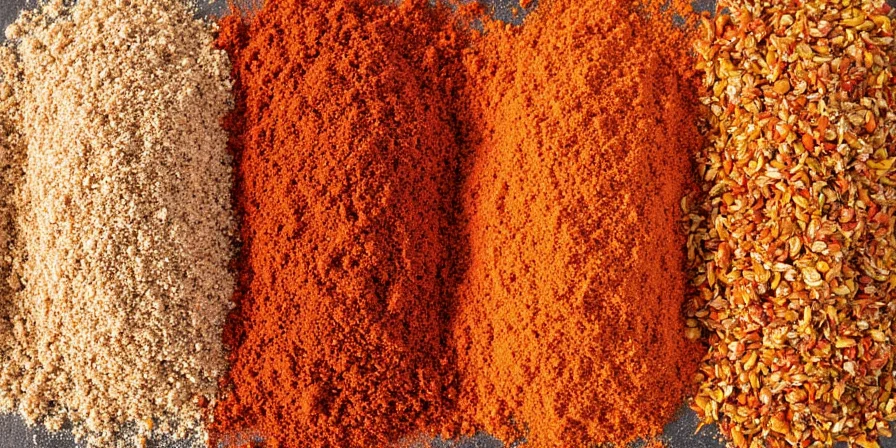
When Can You Substitute One for the Other?
In a pinch, yes — but with caution. If you're making something rustic like chili or stew, either might work. But for dishes where flavor precision matters (like gumbo or étouffée), stick with the recommended blend.
Chef’s Note: Know Your Kitchen Personality
Are you a firecracker who loves a little pain with your pleasure? Go Cajun. Or do you prefer a smoother, herbaceous ride through flavor town? Then Creole’s your jam.
Conclusion
So there you have it — Cajun and Creole seasonings may come from the same neck of the woods, but they play by different rules. Whether you're slinging shrimp or simmering a stew, knowing which blend to reach for can elevate your cooking from “meh” to “merci beaucoup.”
Now go forth, season boldly, and keep those spices sizzling!

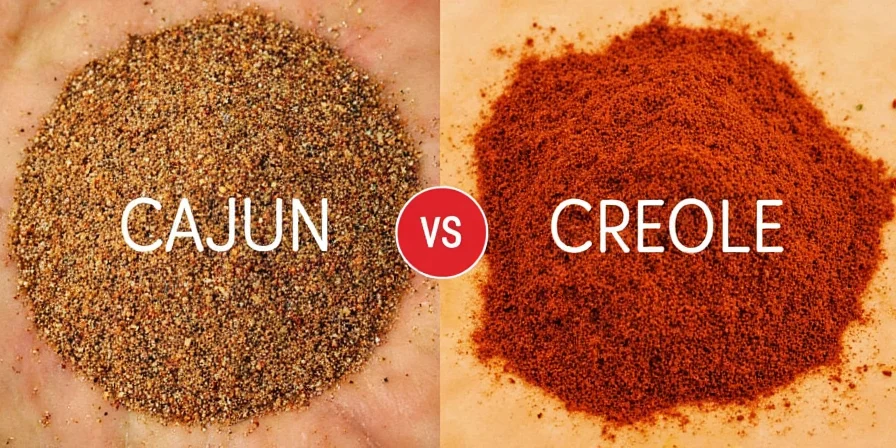









 浙公网安备
33010002000092号
浙公网安备
33010002000092号 浙B2-20120091-4
浙B2-20120091-4